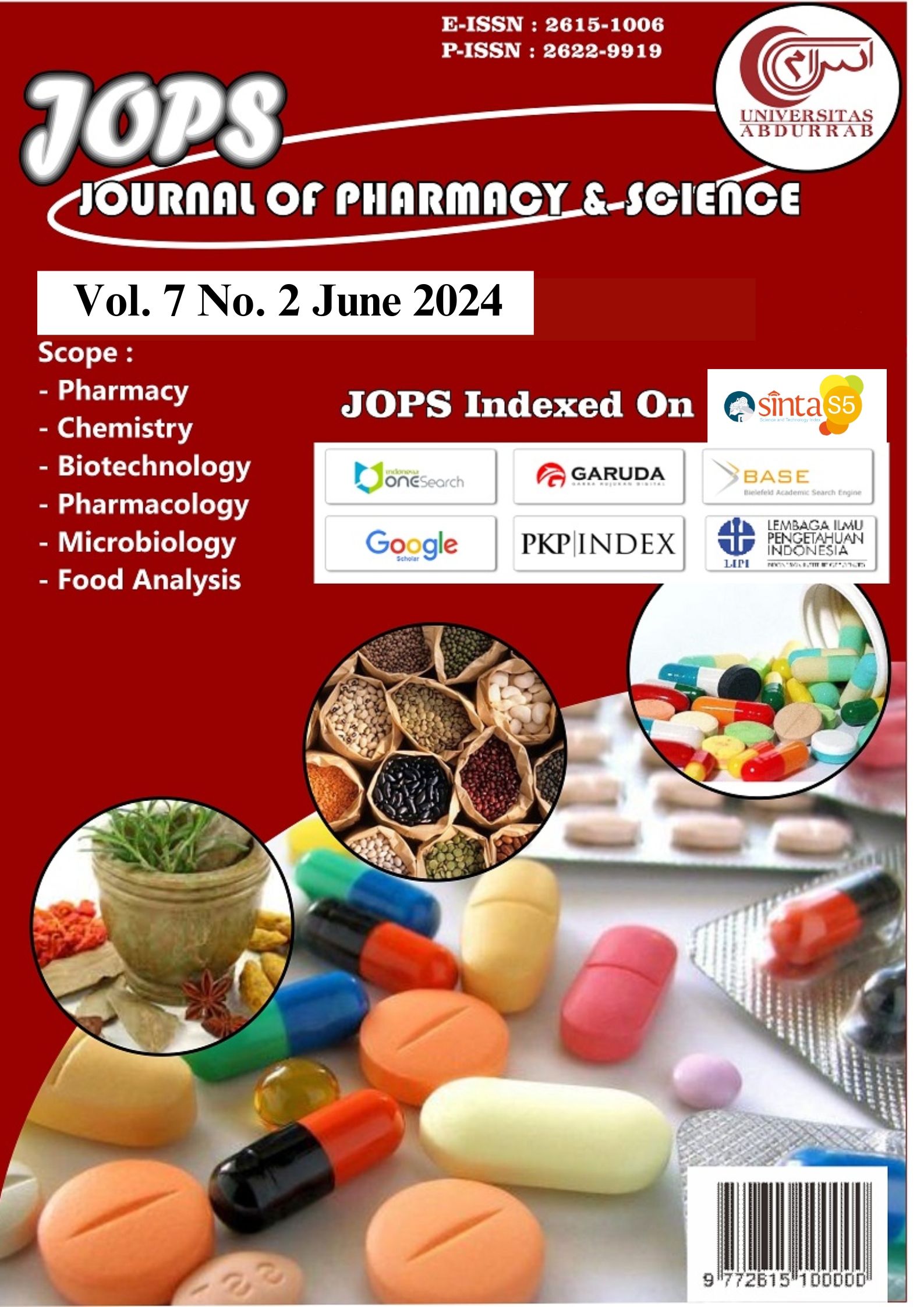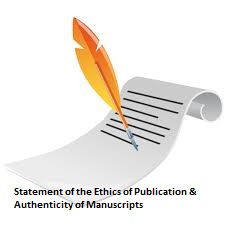Effectiveness Test of Ethyl Acetate Fraction Eleutherine Bulbosa for Total Cholesterol, Diastolic-Systolic Blood Pressure Decrease in Male White Rats
DOI:
https://doi.org/10.36341/jops.v7i2.4707Keywords:
Eleutherine bulbosa, kolesterol, sistolik-diastolik, CODAAbstract
Eleutherine Bulbosa is one of the plants cultivated by the community for traditional medicine. It's like lowering hypercholesterolemia. Hypercholesterolemia is a condition characterized by high levels of cholesterol in the blood. Besides, it can also lower hypertension. Hypertension is a condition in which blood pressure exceeds the normal limit, with systolic pressure above 140 mmHg and diastolic blood pressure above 90 mmHg. The study aims to look at the effectiveness of the Eleutherine Bulbosa ethyl acetate fraction against the reduction in total cholesterol levels, systolic blood pressure, and diastolic blood pressure in male white rats. Animal cholesterol levels were raised using MLT for 22 days. Cholesterol parameters were tested using a Dumolab DC20 photometer. The inducer used to raise blood pressure is 8% NaCl for 14 days. Blood pressure is measured using non-invasive blood pressure. (NIBP). The results of the research showed that the flavonoid groups that play a role in lowering high cholesterol levels are the anthocyanins and quercetin, while the alkaloid compounds play a part in lowering high blood pressure. Data analysis showed significant results (p<0.05). It can be concluded that the administration of the ethyl acetate fraction Eleutherine Bulbosa is capable of lowering high cholesterol levels and high systolic-diastolic blood pressure.
Downloads
Downloads
Published
How to Cite
Issue
Section
License
1. Copyright of all journal manuscripts is held by the JOPS (Journal Of Pharmacy and Science)
2. Formal legal provisions to access digital articles of electronic journal are subject to the provision of the Creative Commons Attribution-ShareAlike license (CC BY-NC-SA), which means that JOPS (Journal Of Pharmacy and Science) is rightful to keep, transfer media/format, manage in the form of databases, maintain, and publish articles.
3. Published manuscripts both printed and electronic are open access for educational, research, and library purposes. Additiponally, the editorial board is not responsible for any violations of copyright law.
licensed under a Creative Commons Attribution-ShareAlike 4.0 International License.










